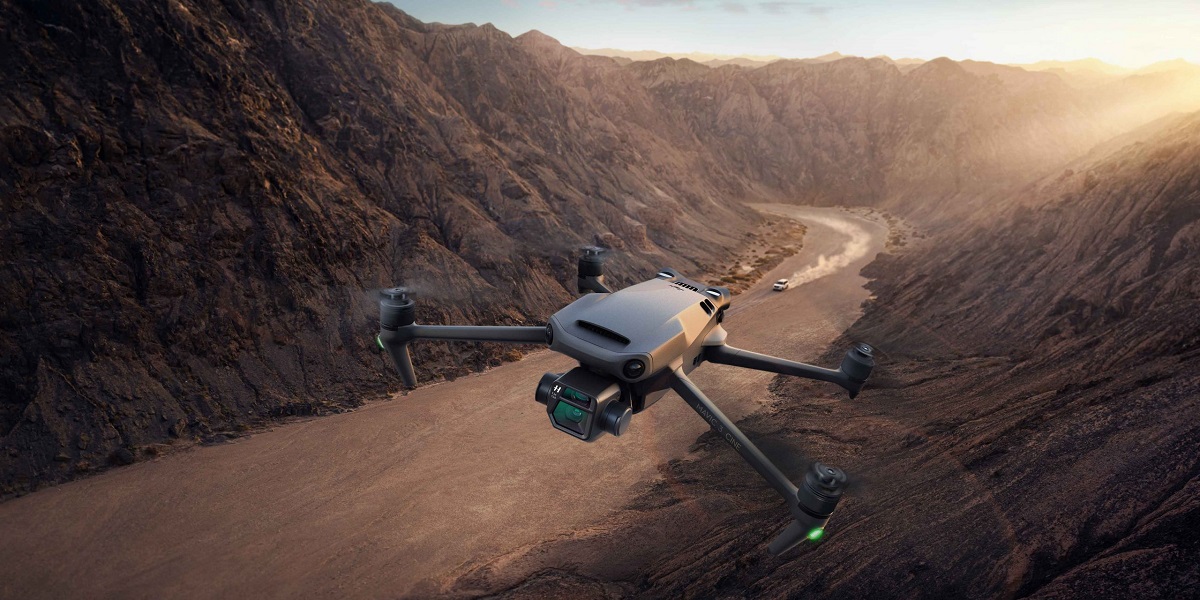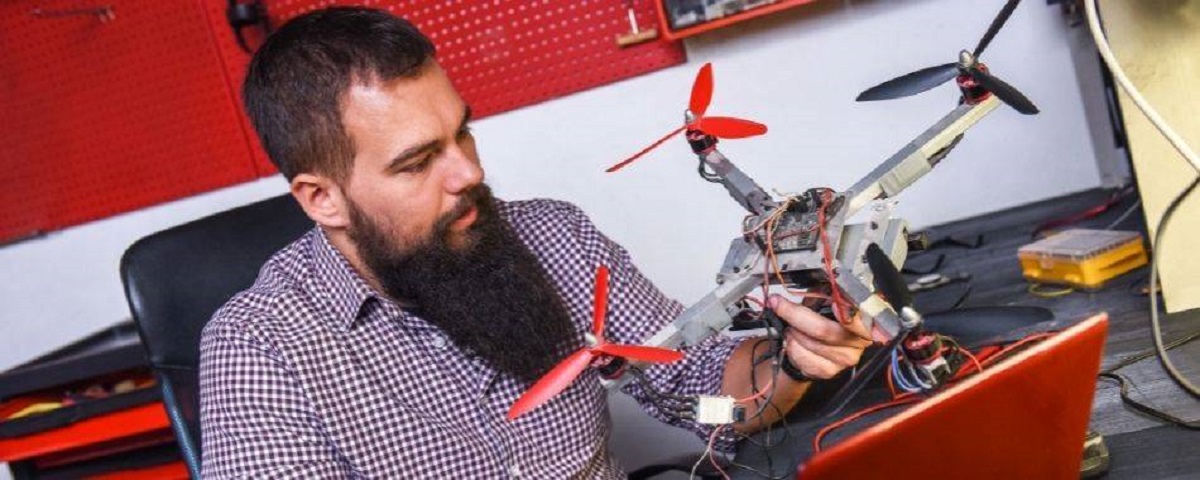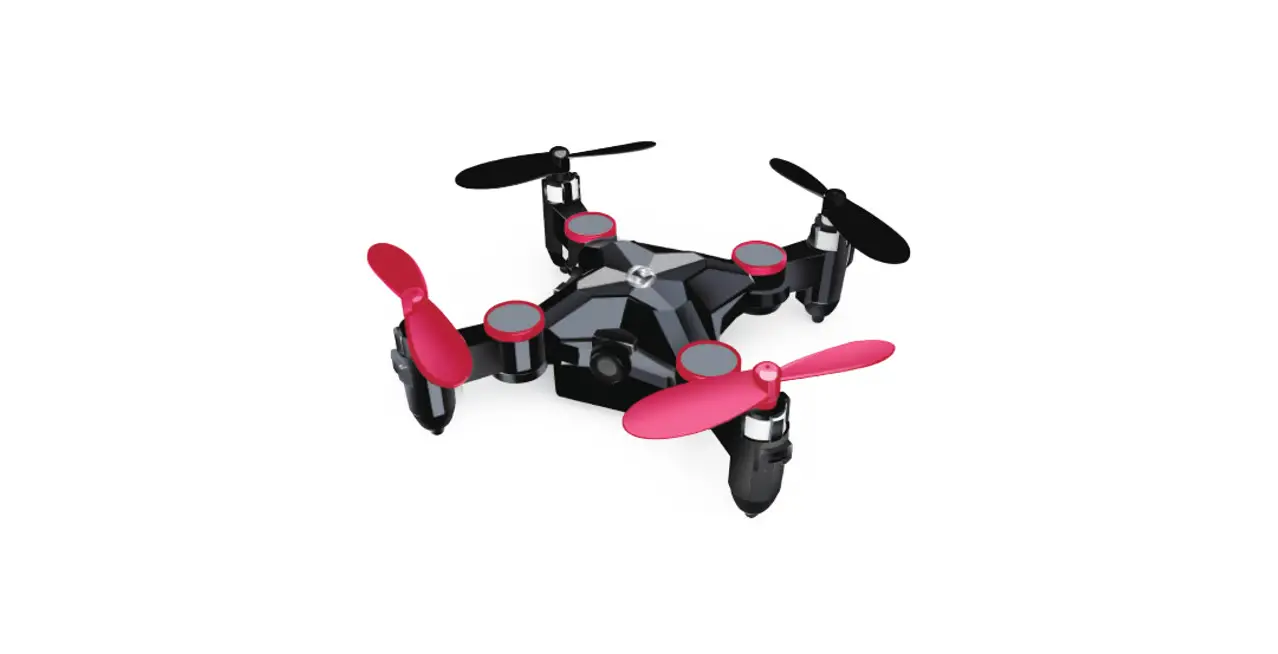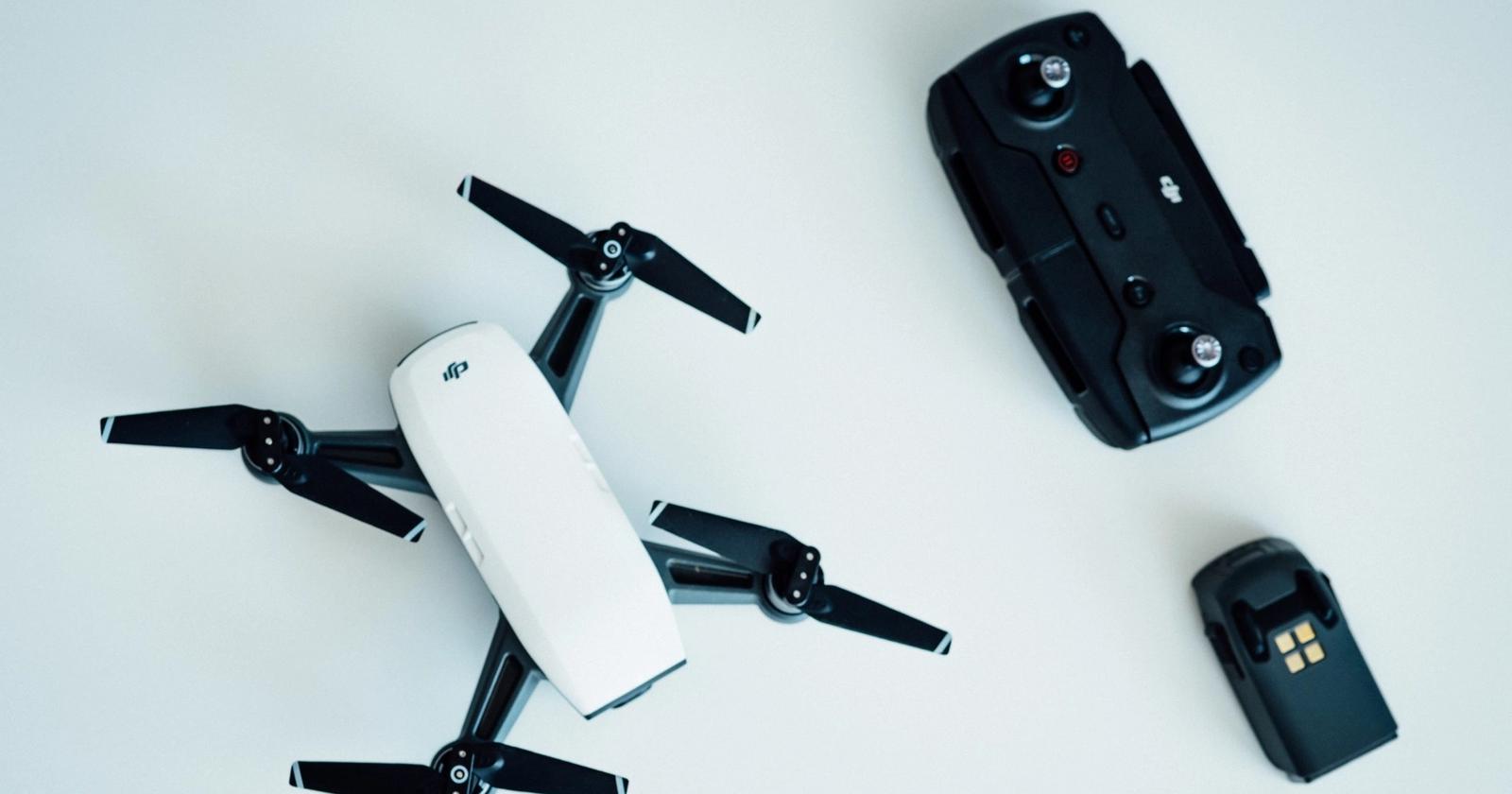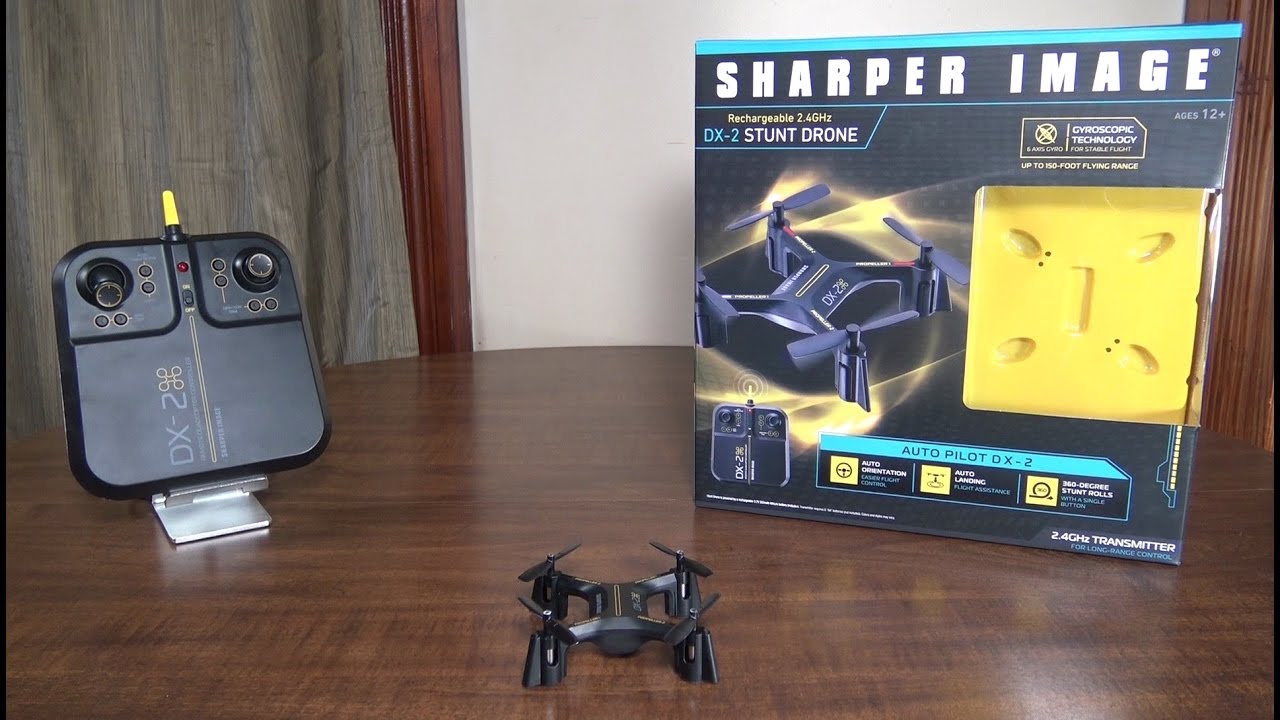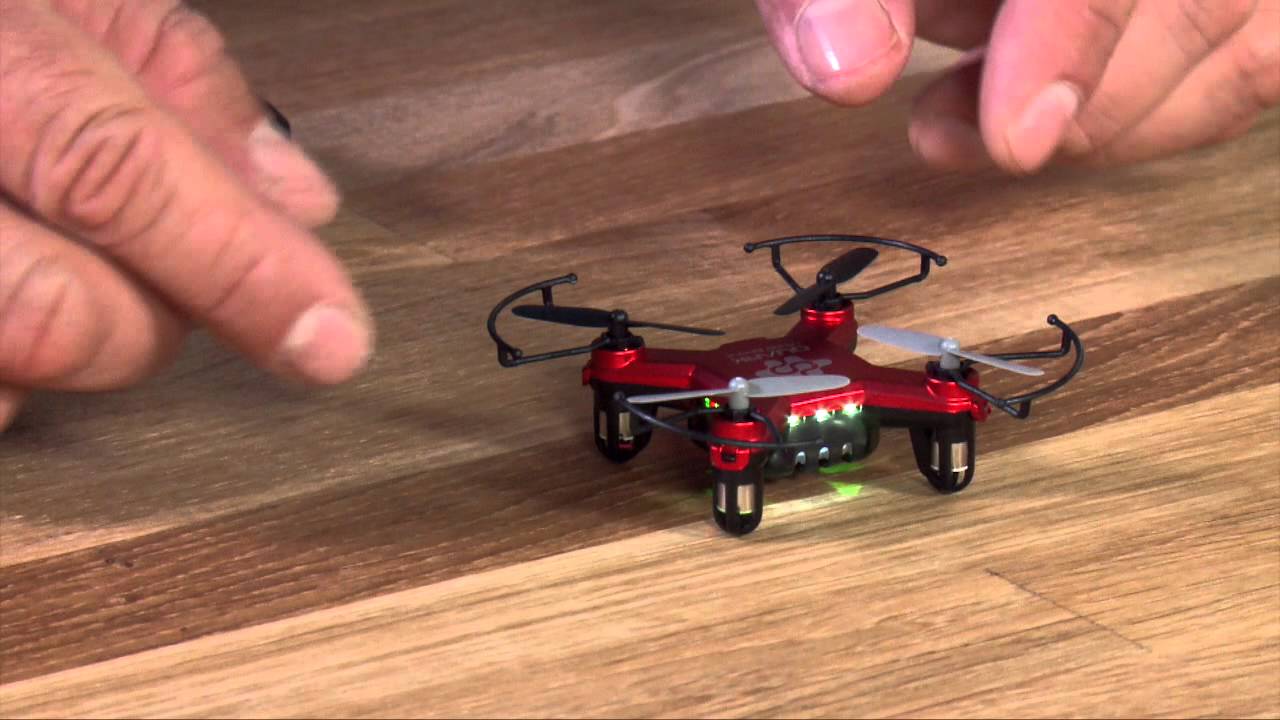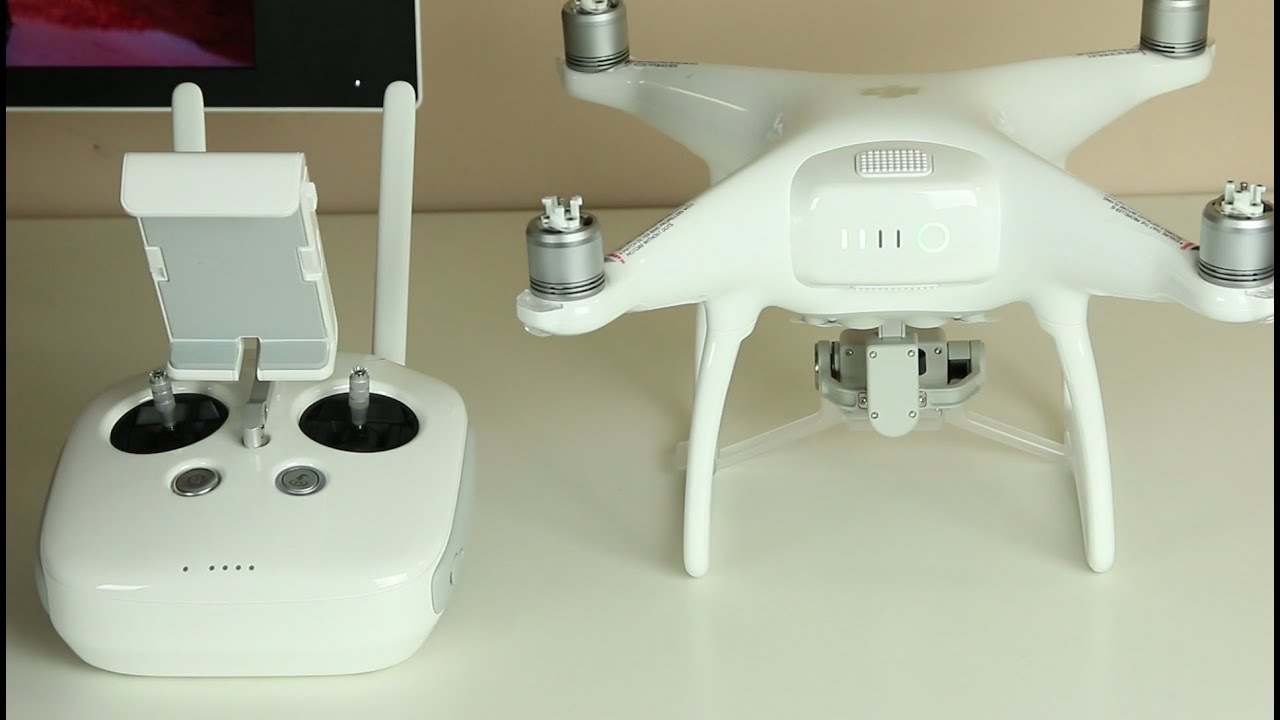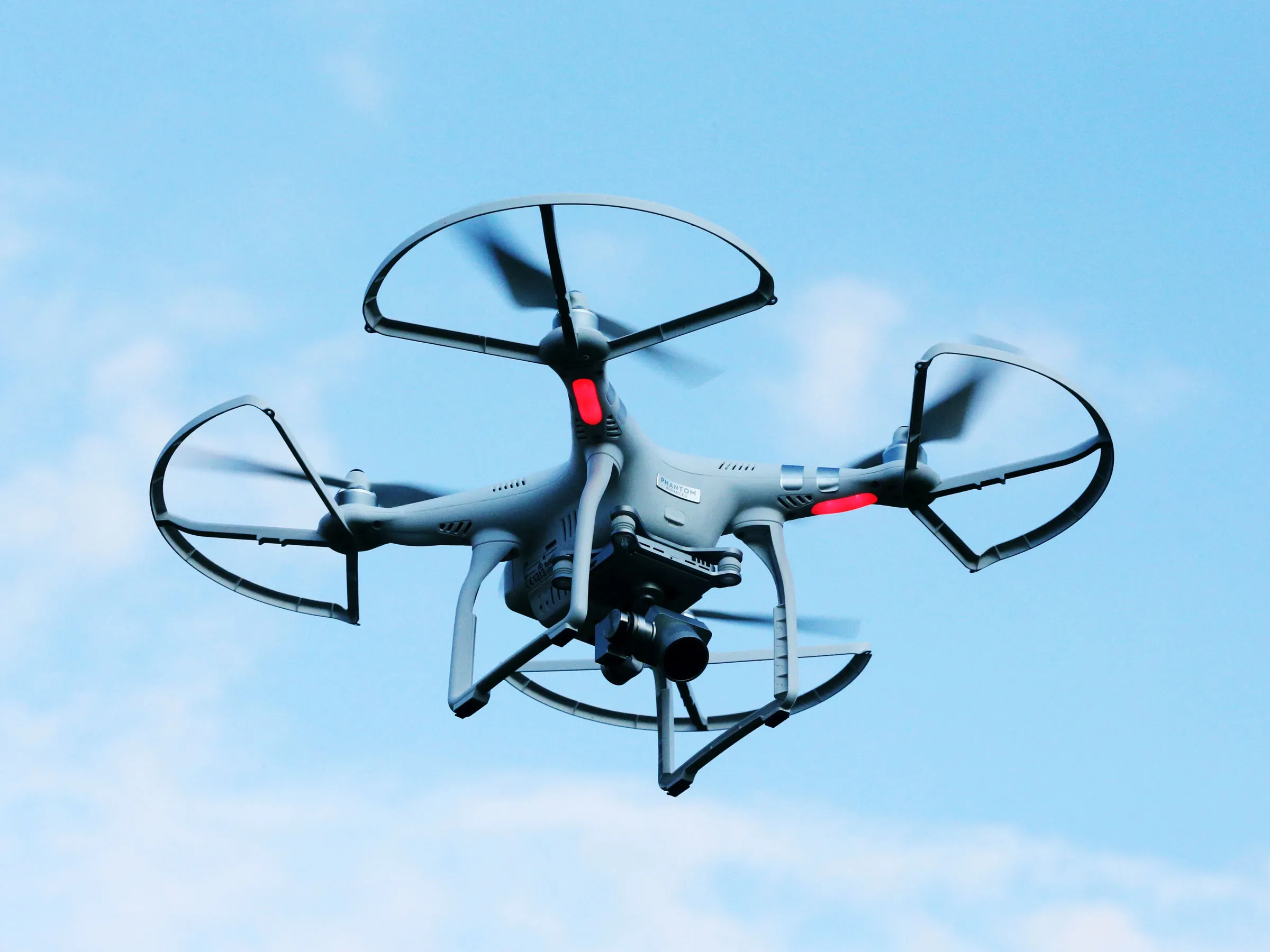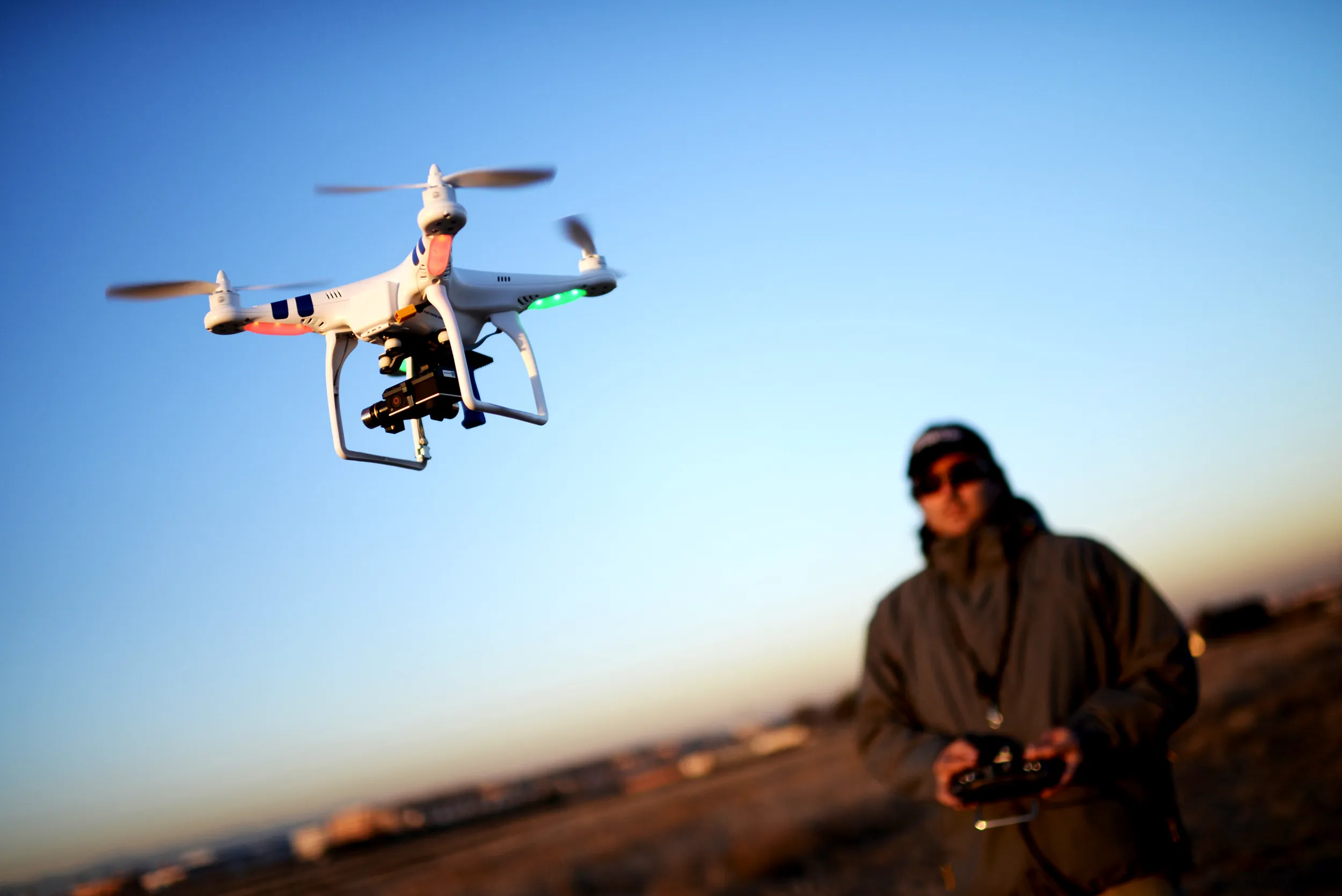Choosing the Right Drone
When it comes to making a drone follow you, the first and foremost consideration is choosing the right drone for the task. Not all drones are equipped with the necessary features and capabilities to effectively track and follow a subject. Here are some key factors to consider when selecting a drone for follow me mode:
1. GPS Features: Look for a drone that has built-in GPS capabilities. This technology allows the drone to accurately track your movements and maintain a consistent distance from you.
2. Follow Me Mode: Check if the drone has a dedicated follow me mode. This mode enables the drone to lock onto your position and automatically follow you, freeing you to focus on your activity.
3. Obstacle Avoidance: Opt for a drone with obstacle avoidance sensors. These sensors help prevent the drone from colliding with objects in its path, ensuring a safe and uninterrupted follow experience.
4. Battery Life: Consider the drone’s battery life. You want a drone that can stay airborne long enough to capture your entire activity without needing frequent battery changes or recharges.
5. Camera Quality: If you’re planning to capture high-quality footage while being followed, choose a drone with a good camera. Look for features like image stabilization and high-resolution capabilities for professional-looking results.
6. Size and Portability: If you plan on taking your drone on the go, prioritize a compact and portable design. This will make it easier to transport and set up whenever you want to use the follow me mode.
By considering these factors, you can ensure that you select a drone that is well-suited for making it follow you. Once you have chosen the right drone, you can move on to understanding and utilizing its follow me mode effectively.
Understanding Follow Me Mode
Follow me mode is an innovative feature commonly found in modern drones that allows the aircraft to autonomously track and follow a subject. It utilizes GPS technology to lock onto the position of the person or object designated as the target. Understanding how this mode works is crucial for successfully making a drone follow you. Here are the key aspects you need to grasp:
1. GPS Tracking: Follow me mode relies on GPS tracking to accurately locate and follow the designated subject. The drone continuously receives GPS coordinates from the target, adjusting its position accordingly.
2. Position Lock: Once you activate follow me mode and designate yourself as the target, the drone will lock onto your position and maintain a constant distance from you. It will adjust its flight path and speed to ensure a smooth and steady follow.
3. Orientation Control: The drone’s orientation control is essential in follow me mode. The aircraft will adjust its heading to keep you within the frame, allowing you to move freely while it tracks your movements.
4. Altitude Control: Follow me mode also enables the drone to control its altitude. It can maintain a fixed distance above the ground or follow changes in elevation, ensuring that it captures the subject from the desired perspective.
5. Dynamic Tracking: Intelligent algorithms in the drone software enable it to adapt to changes in the subject’s speed and direction. The drone will smoothly adjust its flight parameters to keep up with your movements, whether you are running, cycling, or engaging in other activities.
Understanding how follow me mode works is crucial for effectively utilizing this feature. By having a clear understanding of its tracking capabilities and flight parameters, you can enhance your control over the drone and capture stunning aerial footage.
Preparing Your Drone and Yourself
Before you take off and make a drone follow you, it is essential to properly prepare both the drone and yourself. Taking the time to go through the following steps will help ensure a successful and smooth operation:
1. Check Battery Levels: Start by checking the battery level of both the drone and the remote controller. Make sure they are adequately charged to avoid any interruptions during the follow me mode.
2. Inspect the Drone: Thoroughly inspect the drone for any physical damage or loose parts. Check the propellers, landing gear, and camera to ensure everything is in working order.
3. Update Firmware: Check for any available firmware updates for your drone model. Updating the firmware will optimize performance and fix any known issues, ensuring a more reliable follow me experience.
4. Choose an Open Location: Find a spacious and open location without any overhead obstacles or restricted airspace. This will provide a safe and obstruction-free environment for the drone to follow you.
5. Wear Appropriate Clothing: When making a drone follow you, it is important to wear clothing that is easily visible from the air. Opt for bright colors or contrasting patterns to help the drone track you accurately.
6. Plan Your Route: Before taking off, plan your route and activities. This will help you anticipate any obstacles or terrain changes, allowing you to adjust the drone’s settings accordingly for optimal tracking.
7. Have a Spotter: It is always advisable to have a spotter present to assist you during the flight. The spotter can help you keep track of the drone’s position, monitor for any obstacles, and ensure the safety of everyone involved.
By properly preparing both the drone and yourself, you can minimize the chances of encountering issues and enjoy a smooth and successful follow me mode experience. Remember to prioritize safety and follow all local laws and regulations related to drone flight.
Calibrating Your Drone
Calibrating your drone is an essential step to ensure accurate flight performance and reliable follow me mode tracking. Calibration adjusts the drone’s internal sensors, such as the gyroscope and accelerometer, to account for any environmental variations or initial calibration errors. Follow these steps to calibrate your drone:
1. Find a Level Surface: Place your drone on a flat surface, such as a table or the ground. Ensure that the surface is level to obtain accurate calibration readings.
2. Power On the Drone: Turn on your drone and remote controller, ensuring they are properly synchronized.
3. Access Calibration Settings: In your drone’s app or controller menu, look for the calibration settings. Different drones may have variations in the calibration process, so refer to your drone’s user manual for specific instructions.
4. Gimbal Calibration (if applicable): If your drone has a gimbal for stabilized camera footage, perform a gimbal calibration as well. This will ensure smooth and stable footage during the follow me mode.
5. Follow Calibration Prompts: Follow the on-screen prompts or instructions provided by the app or controller to initiate the calibration process. This typically involves rotating the drone in specified directions or tilting it at various angles.
6. Complete Calibration: Once the calibration process is initiated, patiently complete the required movements or rotations of the drone as indicated. Make sure to follow the instructions precisely for accurate calibration.
7. Confirm Calibration: After completing the calibration, the app or controller will typically indicate successful calibration. Take a moment to confirm that the calibration was successful and all sensors are functioning properly.
Calibrating your drone regularly, especially before using the follow me mode, ensures accurate tracking and smooth flight performance. It helps the drone maintain stability, avoid drift, and accurately respond to your movements, allowing for a seamless follow experience.
Setting Up the Follow Me Mode
Once you have chosen the right drone and calibrated it, setting up the follow me mode is the next step before making the drone follow you. Follow these steps to properly configure and activate the follow me mode:
1. Open the Drone’s App: Open the app or controller interface that connects to your drone. Ensure that your smartphone or tablet is connected to the drone’s Wi-Fi or Bluetooth, following the manufacturer’s instructions.
2. Enable GPS and Compass: Make sure the GPS and compass are enabled on both your drone and mobile device. These features are vital for accurate tracking and positioning.
3. Select Follow Me Mode: Look for the follow me mode option in the app or controller settings. Tap or select the follow me mode to activate it.
4. Designate Yourself as the Target: In the follow me mode settings, designate yourself as the target by selecting “Self” or a similar option. This tells the drone to focus on tracking and following you.
5. Choose Tracking Parameters: Depending on your drone and app, you may have the option to customize the tracking parameters. These include distance, speed, and altitude settings. Adjust these parameters according to your preference and the activity you are engaged in.
6. Confirm Activation: Once you have selected the follow me mode and configured the tracking parameters, confirm the activation. Some drones may require you to press a confirmation button or follow additional prompts to start tracking.
7. Wait for Lock-On: After activation, give the drone a moment to lock onto your position. Ensure that you are in clear view of the drone without any obstructions blocking its line of sight.
Setting up the follow me mode may vary depending on the drone model and app you are using. It’s essential to carefully follow the manufacturer’s instructions specific to your drone to ensure successful configuration. With the follow me mode properly set up, you’re now ready to take off and experience the thrill of being followed by your drone!
Taking Off and Initiating Follow Me Mode
With the follow me mode configured and ready, it’s time to take off and initiate the tracking feature on your drone. Follow these steps to safely launch the drone and initiate the follow me mode:
1. Choose a Suitable Takeoff Spot: Select a clear area with ample space for takeoff. Avoid any obstacles or people nearby to ensure a safe launch.
2. Power On the Drone: Turn on your drone and remote controller, ensuring that they are properly connected and synchronized.
3. Perform a Pre-flight Check: Conduct a pre-flight check to confirm that all the drone’s systems are functioning correctly. Check the drone’s battery level, GPS signal strength, and overall stability.
4. Take Off: Depending on your drone, you can take off manually by gently pushing the throttle upwards, or you may have an automatic takeoff feature. Follow the instructions provided by the manufacturer.
5. Stabilize the Drone: Once the drone is airborne, stabilize its flight by hovering at a comfortable altitude. Use the controller’s joystick or app controls to maintain a steady and controlled flight.
6. Initiate Follow Me Mode: Activate the follow me mode by selecting the appropriate option on the app or controller. Ensure that the drone is locked onto your position before proceeding.
7. Confirm Tracking: Once the follow me mode is activated, confirm that the drone is tracking you properly. Check that it is maintaining a consistent distance and following your movements accurately.
Remember to follow all safety guidelines and local regulations while operating the drone. Be mindful of your surroundings, avoid flying in restricted areas, and always prioritize the safety of yourself and others.
Adjusting the Drone’s Height and Distance
As you fly your drone in follow me mode, it may be necessary to adjust the height and distance to capture the desired footage and maintain a safe operating environment. Here’s how you can make precise adjustments to the drone’s height and distance:
1. Height Adjustment: To adjust the drone’s height, gently push the throttle stick on the remote controller upwards to ascend or downwards to descend. Take gradual and small adjustments to ensure a smooth transition between different altitudes. Keep an eye on the drone’s position relative to the subject and the surroundings to maintain a safe and appropriate height.
2. Distance Adjustment: If you want the drone to maintain a closer or farther distance from you, utilize the controls available on your drone’s app or controller. Some drones have specific distance adjustment options within the follow me mode settings. Alternatively, you can manually control the drone’s distance by adjusting your own movements. Slowing down or speeding up can influence the drone’s perceived distance.
3. Monitor Flight Parameters: Keep a constant watch on the drone’s flight parameters, such as altitude and distance, through the app or on-screen display (OSD) if available. This will give you real-time feedback on the drone’s position relative to you and allow you to make necessary adjustments accordingly.
4. Consider Environmental Factors: Take into account any environmental factors that may affect the height and distance adjustments. Be mindful of obstacles, wind conditions, and the activity you are engaged in. Adjust the drone’s height and distance to capture the desired perspective while ensuring safe operation.
5. Practice and Experiment: It may take some practice to find the perfect balance for height and distance adjustments in different scenarios. Experiment with various settings and maneuvers to see what works best for your specific activity and desired footage.
By mastering the art of adjusting the drone’s height and distance, you can capture dynamic and visually appealing footage in follow me mode. Keep practicing and experimenting with different heights and distances to enhance your aerial photography and videography skills.
Troubleshooting Follow Me Mode
While follow me mode can provide an exciting and immersive experience, there are instances where you may encounter challenges or issues. Here are some common troubleshooting steps to help resolve problems that may arise during the use of follow me mode:
1. Weak GPS Signal: If the drone is losing connection or not accurately tracking you, ensure that both the drone and your mobile device have a strong GPS signal. Try relocating to an area with better GPS reception or wait for the GPS signal to stabilize before reattempting follow me mode.
2. Obstacle Interference: In some cases, obstacles may interrupt the drone’s tracking capabilities. Check for any physical obstructions between the drone and yourself, such as trees, buildings, or large structures. Adjust your position to maintain a clear line of sight.
3. Calibration Issues: If the drone’s tracking seems off or inconsistent, recalibrate the drone’s compass and sensors as per the manufacturer’s instructions. A properly calibrated drone can significantly improve the accuracy of follow me mode.
4. Drift or Inconsistent Flight: If the drone seems to drift away or fly inconsistently, ensure that the drone’s firmware is up to date. Additionally, check if there are any flight parameter settings that need adjustment, such as sensitivity or control settings, to improve the flight experience.
5. Interference from Other Devices: Make sure that the drone’s signal is not being interfered with by other devices operating on the same frequency. Turn off or move away from devices like Wi-Fi routers, Bluetooth gadgets, or other drones to minimize potential interference.
6. Insufficient Battery Life: If the drone unexpectedly stops or returns home during follow me mode, check the battery level. Monitor the battery life carefully to ensure it has sufficient charge for the duration of the follow me session. Use high-quality and fully charged batteries to maximize flight time.
7. Software Updates: Regularly update your drone’s firmware and app to access the latest features, bug fixes, and improvements. Updates can enhance the performance and stability of follow me mode.
Remember to consult the user manual specific to your drone model for troubleshooting steps and recommendations. In case of persistent issues, contacting the manufacturer’s support team can provide additional assistance in resolving any technical difficulties.
Tips for Capturing Great Footage
When using follow me mode with your drone, you have the opportunity to capture stunning aerial footage. To make the most of this feature and ensure the footage is visually appealing, consider these tips:
1. Frame Your Subject: Position yourself and your subject in the frame to create a visually balanced composition. Experiment with different angles and perspectives to capture dynamic and interesting footage.
2. Vary the Altitude: Adjust the drone’s altitude during the flight to capture footage from different heights. This adds depth and dimension to your footage and allows you to showcase the environment from various angles.
3. Follow the Action: During high-energy activities, such as sports or outdoor adventures, follow the moving subject closely. This helps convey the excitement and intensity of the action, enhancing the overall impact of the footage.
4. Utilize Smooth Movement: Make smooth and gradual movements with the drone to create cinematic footage. Avoid abrupt changes in speed or direction, as this can result in shaky or jarring footage. Use the drone’s controls or app features to create smooth and fluid movements.
5. Experiment with Speed: Play around with the drone’s speed settings to match the tempo of the subject or activity. Slower speeds can add a sense of serenity and elegance, while higher speeds can convey energy and excitement.
6. Pay Attention to Lighting: Consider the lighting conditions while filming. Optimal lighting, such as during golden hour (the hour after sunrise or before sunset), can enhance the colors and textures in your footage. Avoid harsh midday light to prevent overexposure and shadows.
7. Add Dynamic Shots: Incorporate dynamic shots, such as orbiting around the subject or flying diagonally across a landscape. These creative shots add visual interest and depth to your footage.
8. Use Manual Camera Settings: If your drone allows manual camera settings, experiment with settings like exposure, shutter speed, and ISO to fine-tune the footage. Adjusting these settings can help capture the desired atmosphere and mood.
9. Edit and Enhance: After capturing the footage, spend time editing and enhancing it using video editing software. Trim unnecessary parts, adjust color grading, and add music or sound effects to complete the final look and feel.
10. Practice and Learn: Lastly, practice and learn from your footage. Experiment with different techniques, review your footage critically, and strive to improve with each flight. This hands-on experience will help you develop your own unique style and improve your aerial videography skills.
By following these tips, you can capture breathtaking footage while utilizing follow me mode with your drone. Remember to always prioritize safety, aviation rules, and respect for privacy when operating your drone.
Conclusion
Making a drone follow you in follow me mode can be an exhilarating experience, allowing you to capture incredible aerial footage and bring a new level of creativity to your content. By choosing the right drone, understanding the follow me mode, and properly preparing yourself and the drone, you can optimize your chances of success.
Calibrating the drone, setting up the follow me mode, and taking off with precision are crucial steps to ensure a smooth and accurate tracking experience. Adjusting the drone’s height and distance as needed allows you to capture the desired perspective while considering environmental factors and maintaining safety.
In the event of troubleshooting, such as weak GPS signal or inconsistent flight, various solutions can help get your drone back on track. It’s important to be familiar with these troubleshooting steps to overcome any challenges you may encounter during follow me mode.
Lastly, taking great footage relies on framing your subject, varying altitude, utilizing smooth movement, paying attention to lighting, and experimenting with different techniques. Editing and enhancing your footage afterward adds the finishing touches to create stunning visuals that leave a lasting impression.
Remember to always prioritize safety, follow local regulations, and respect others’ privacy while operating your drone. With practice and a creative mindset, you can truly unlock the full potential of follow me mode and capture breathtaking aerial footage that showcases your unique perspective.







